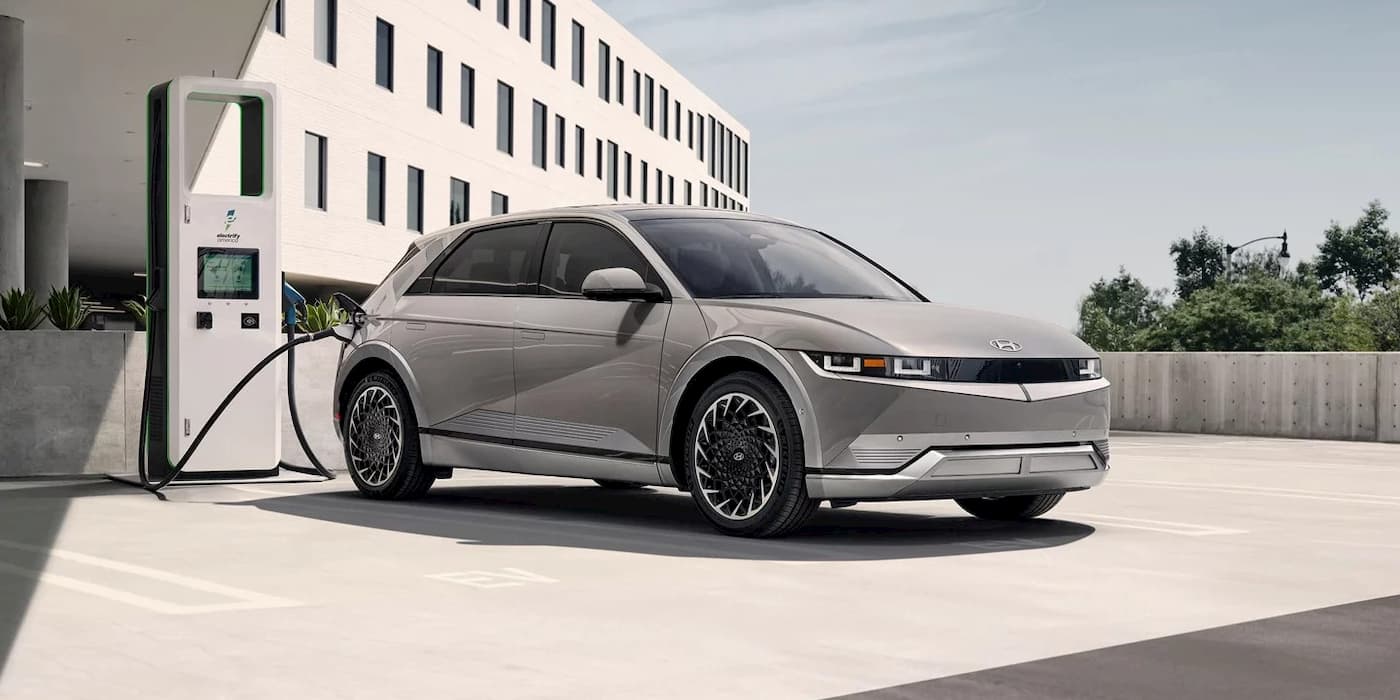
South Korea’s government looks to give domestic automakers Hyundai and Kia a break with its new EV policy. The new EV subsidy policy is in response to price cuts on Tesla’s Model Y and BYD’s models, which use lower-cost LFP batteries.
Targeting Tesla, BYD, and cheaper EV batteries
The revised EV policy is Korea’s attempt to give domestic automakers an edge as they look to level the playing field.
“Tesla dropping prices last year, coupled with the rise of BYD, kicked off a price war in the global EV market,” Yang Jin-Soo, who leads Hyundai’s Business Research Center auto group, explained.
With the market moving past early adopters, “hitting the right price point for the broader market is critical.”
According to The Korea Herald, the new plan sets the maximum grant at around $4,800 (6.5 million won). That’s $225 (300,000 won) less than last year’s policy. The vehicle’s range, price, and battery type determine its eligibility.
The last part, the type of battery, has become a focus of Korea’s new EV policy. Korea announced the changes on Feb 6, including significantly reduced subsidies for EVs with “lower-performance batteries,” like LFP batteries from China.
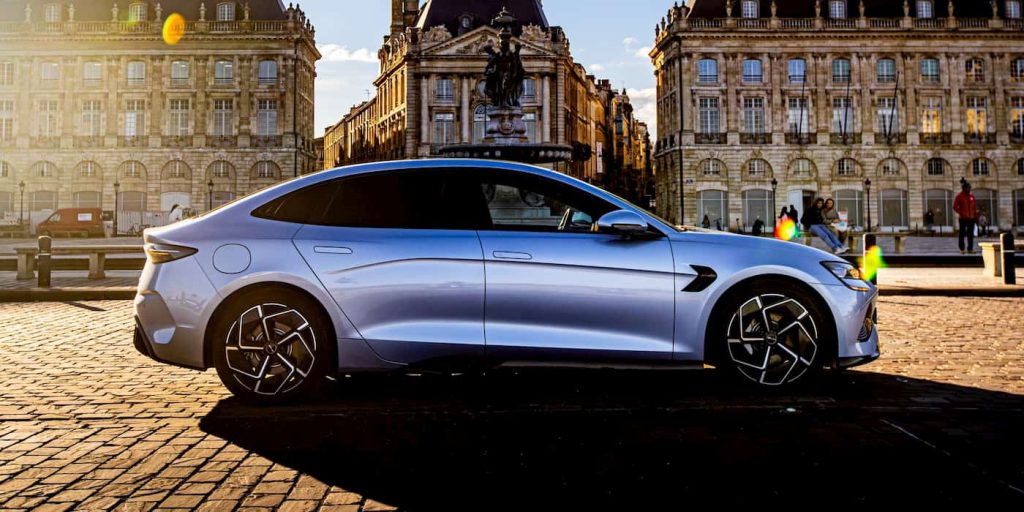
BYD, which surpassed Tesla to become the top-selling EV maker in the last three months of 2023, dominated the LFP battery market.
According to data from the China Automotive Battery Industry Alliance, BYD held over 40% of the LFP battery market through November. Rival CATL was second with nearly 34% of the market. CATL supplies batteries for Tesla’s best-selling Model Y, sold overseas.
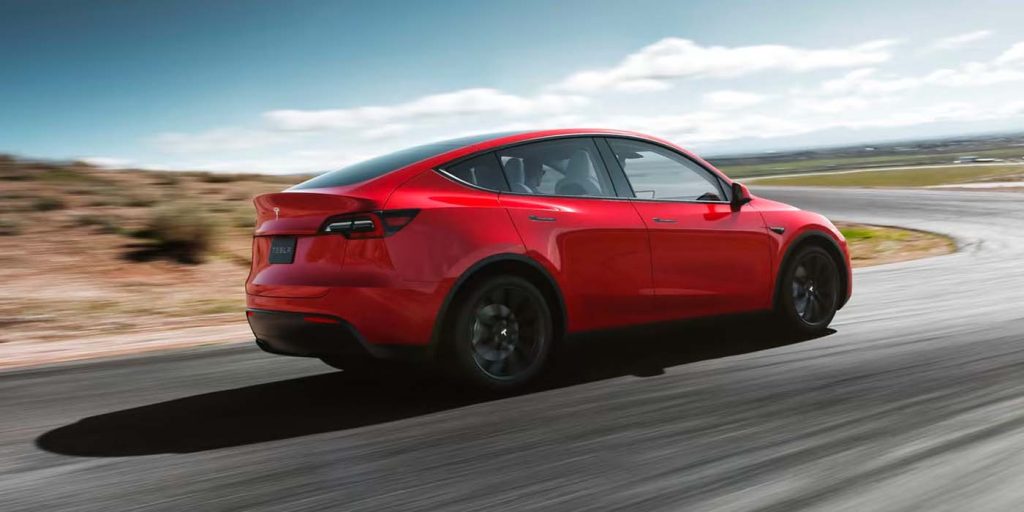
Korea is also targeting higher prices, setting a cap at $41,000, down from roughly $43,000 last year.
Korea’s EV policy gives Hyundai and Kia an edge
After introducing its more affordable Model Y last year (with an LFP battery), Tesla saw sales in the country soar. With prices of $16,000 lower than other variants, Tesla’s sales in September rose nearly 876%. It captured about 10% of Korea’s entire 2023 EV market in four months.
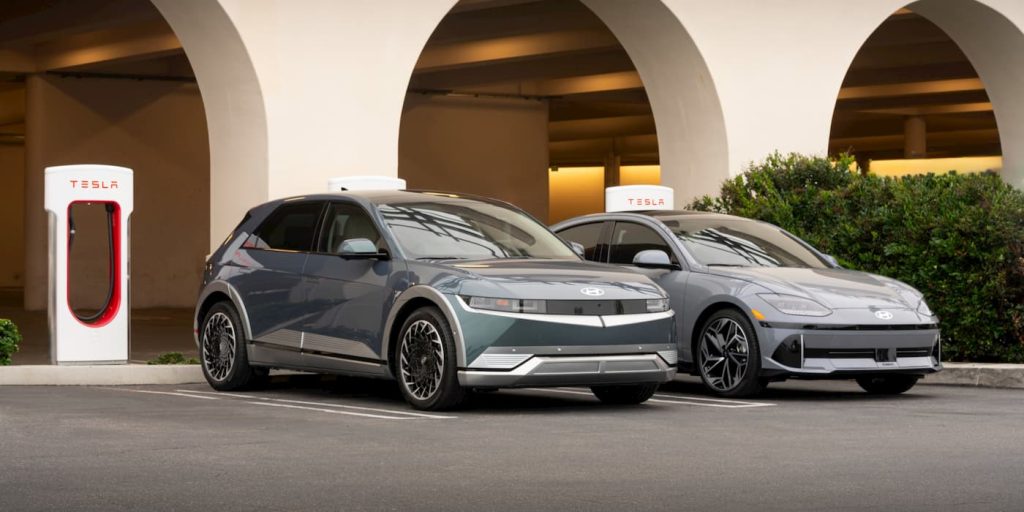
The report notes Tesla’s Model Y accounted for about $24 million of Korea’s subsidies granted last year alone.
Meanwhile, subsidies for Hyundai and Kia EVs, like the IONIQ 5 and EV6, remain mostly unchanged. The IONIQ 5 and EV6 Long Range have 458 km (284 mi) and 475 km (295 mi) range, respectively, with prices around $38,000 and $36,000.
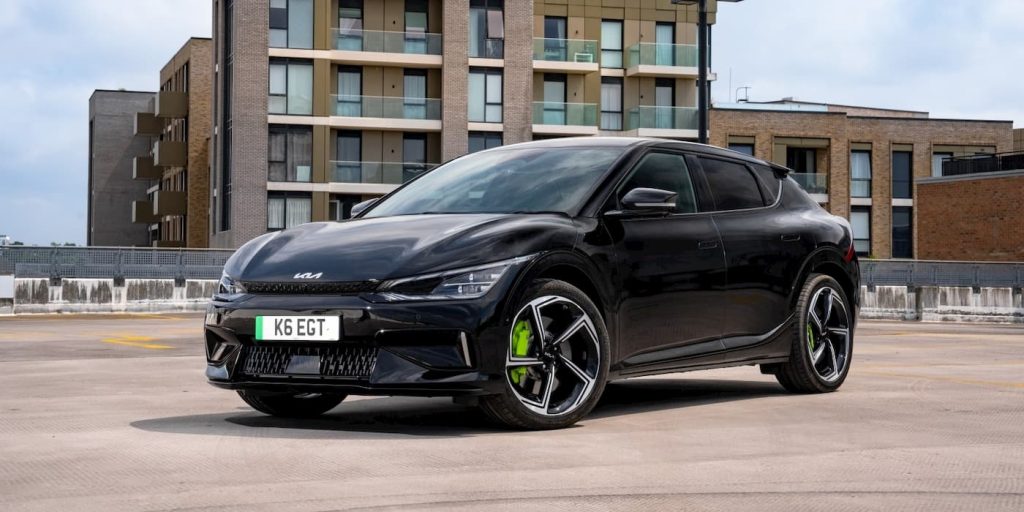
Although below the 500 km (310 mi) benchmark, the models are equipped with NCM batteries, qualifying them for up to $1,300 more than lower-performance alternatives.
Tesla adjusted the price of its Model Y Thursday to $41,000, down from $43,000 and below Korea’s new EV policy threshold. Polestar and VW also dropped prices in response this week.
With the new policy in place, Hyundai’s IONIQ 5 could earn an over $2,800 subsidy gap over the Model Y.
Electrek’s Take
The new EV subsidy plan is viewed as Korea’s response to cheaper foreign models entering the country, like Tesla’s Model Y.
BYD is also planning to begin selling EVs in South Korea within the first half of the year. Sources say the BYD Atto 3 will be the first to roll out. The Atto 3 was BYD’s best-seller last year, with over 100,000 units sold overseas, or 40% of its global EV sales.
The automaker plans to launch other low-cost models like the Dolphin and Seal. BYD’s Atto 3 will compete with the Hyundai IONIQ 5 and Kia EV6.
Hyundai Motor’s outside advisory committee said, “Chinese automobiles are crossing the Great Wall of China and entering the global market like a tsunami.”
Korea’s new EV policy mirrors that of broader international actions like the Inflation Reduction Act in the US and the European Commission’s probe into Chinese EVs.
Meanwhile, others view it as a “band-aid for sales.” Professor Park Chul-wan, a member of the Presidential Commission on 2050 Carbon Neutrality and Green Growth, said, “We could end up only with expensive EVs that hinder mass adoption” by penalizing cheaper batteries.
FTC: We use income earning auto affiliate links. More.

Comments